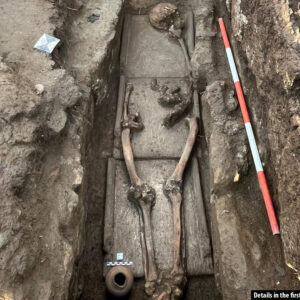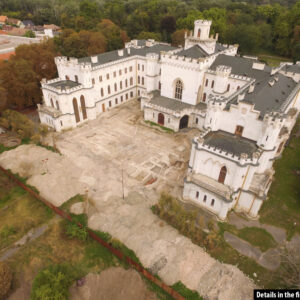Nestled on the coast of modern-day Syria, the ancient city of Ugarit once thrived as a hub of trade and culture during the Late Bronze Age. Renowned for its unique blend of Egyptian, Hittite, and Mesopotamian influences, Ugarit was home to a sophisticated society that laid the groundwork for early alphabetic writing. However, the city’s prosperity was shattered by a series of natural disasters and invasions, most notably by the mysterious Sea Peoples. The discovery of Urtenu’s archive, a collection of over 600 clay tablets, offers an unprecedented glimpse into Ugarit’s final days—before it was lost to history.
The Ugarit Archives: A Window into the Past
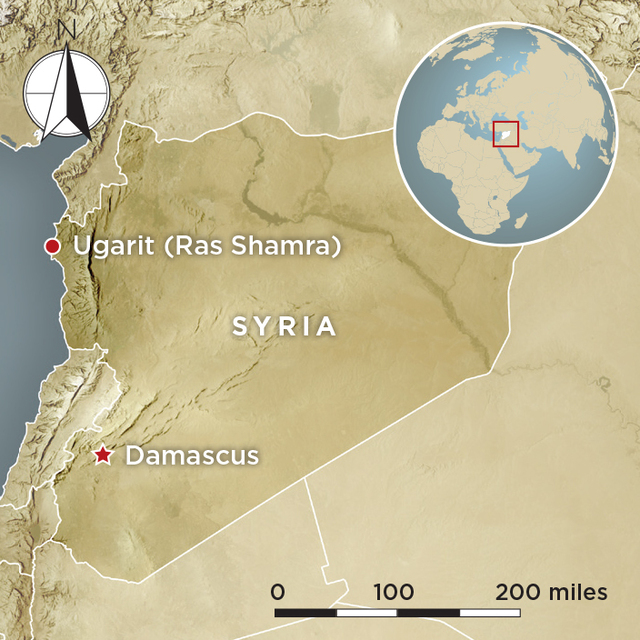
In 1973, archaeologists unearthed Urtenu’s archive of over 650 clay tablets, many of which are still being studied. These documents, found in the ruins of his townhouse, provide a rare snapshot of Ugarit at its height and its eventual decline. Urtenu’s records, which include business letters, diplomatic missives, and even excerpts from the Epic of Gilgamesh, showcase the bustling mercantile activity in Ugarit. His communication with kings such as Seti II of Egypt, Ammurapi of Ugarit, and officials from the Hittite realm highlight Ugarit’s pivotal role as a trading center in the ancient Mediterranean world. It was a city that connected cultures, from Egypt to Mesopotamia, and Urtenu’s records capture this global exchange.
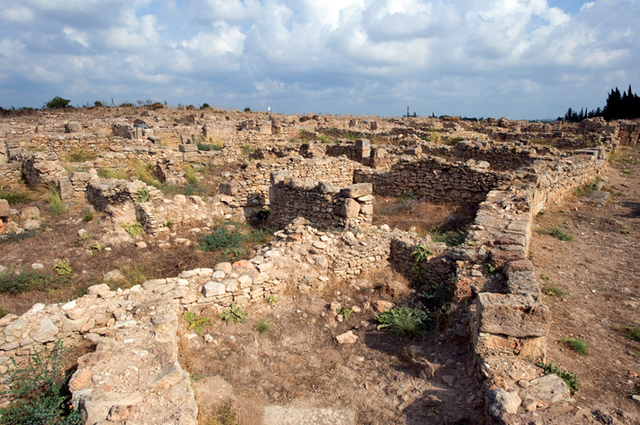
The letters offer a fascinating look at how merchants like Urtenu acted as intermediaries for the state, facilitating trade and diplomacy on behalf of Ugarit’s kings. These tablets also shed light on Ugarit’s complex economy, including the trade of copper ingots, textiles, and precious wood from the interior of Syria, as well as imports of goods from Cyprus and Egypt. The city’s strategic location on the coast made it an essential stop on the trading routes that connected the eastern Mediterranean to the rest of the ancient world.
Video
Watch the video Ugarit: The Bronze Age City of Splendor to uncover the rich history and treasures of this ancient civilization.
The Impact of Drought and Famine on Ugarit
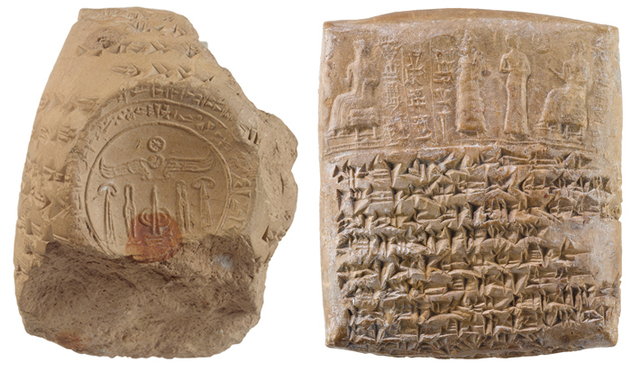
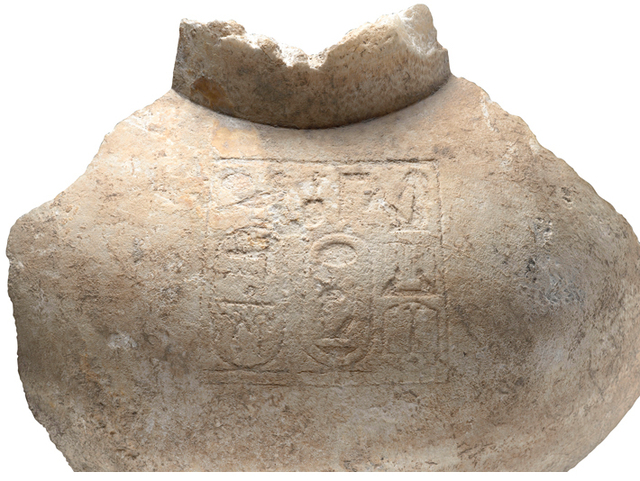
However, between 1200 and 1185 B.C., Urtenu’s correspondence began to take on a more desperate tone. As the city’s trade flourished, so did environmental pressures. Severe droughts and widespread famine began to grip the region. The letters of Urtenu, along with those from officials across the ancient Near East, reflect the dire situation. In one letter, a Hittite official pleads with Urtenu for aid, saying, “If there is any goodness in your heart, then send even the remainders of the [grain] staples I requested and thus save me.” Similarly, King Ammurapi of Ugarit writes to Pharaoh Seti II, “In the land of Ugarit there is a severe hunger. May my Lord save it, and may the king give grain to save my life… and to save the citizens of the land of Ugarit.”
These letters vividly illustrate how food shortages and famine were not just local problems but part of a larger crisis affecting many city-states in the region. The correspondence paints a picture of desperation as Ugarit’s leaders sought to stave off the collapse of their city through diplomatic and economic means. Yet, despite their best efforts, the catastrophe was only just beginning.
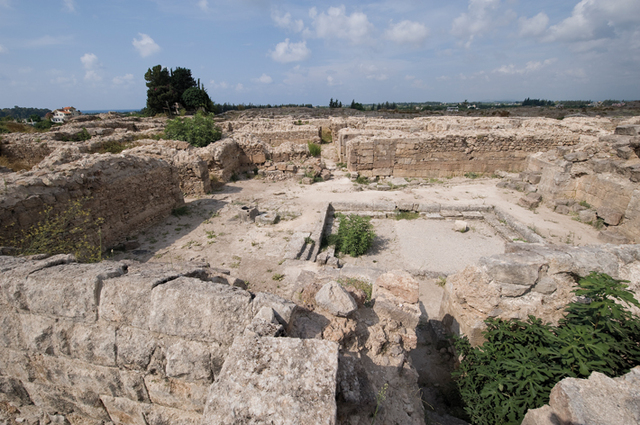
Invasions and the Rise of the Sea Peoples
Around the same time that famine ravaged the land, Ugarit found itself facing new threats. Urtenu’s correspondence reveals that invaders were approaching the city, with one letter from Ammurapi describing an enemy force that had established a beachhead just five miles from Ugarit. These invaders, known as the Sea Peoples, were a mysterious group of maritime marauders whose attacks across the eastern Mediterranean during the 12th century B.C. led to the collapse of several ancient civilizations.
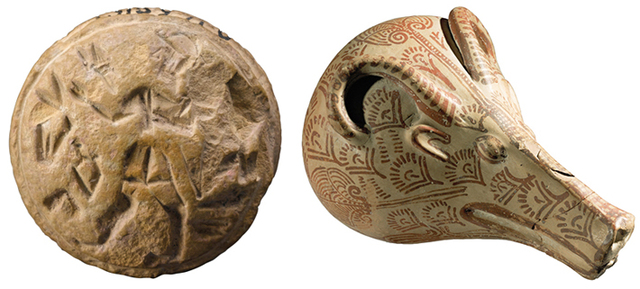
In his letter, Ammurapi desperately requests assistance from the Hittite city-state of Carchemish, pleading, “Send me forces and chariots, and may my lord save me from the forces of this enemy!” The Sea Peoples were notorious for their swift, brutal attacks, and Ugarit was no exception. As one of the last great trading cities of the Late Bronze Age, Ugarit fell victim to their onslaught, which left the city in ruins. This was not a localized event; across the eastern Mediterranean, cities, trade networks, and entire civilizations collapsed under the pressure of drought, war, and migration, signaling the end of an era.
Trade and Writing Systems in Ugarit

One of the remarkable aspects of Ugarit was its thriving trade network, which brought goods and ideas from across the Mediterranean. Ugarit’s harbor served as a vital port where goods such as tin, dried fish, and Mycenaean pottery were exchanged. The city’s trade routes connected Egypt, Mesopotamia, and the Aegean world, making it a focal point of cultural exchange. These interactions led to the development of multiple writing systems in Ugarit, including Sumerian cuneiform, Egyptian hieroglyphs, and the local Ugaritic script.
Ugaritic script, a unique form of alphabetic cuneiform, was a significant innovation. It was a simpler and more efficient way of recording transactions and documenting trade, and it would eventually influence the development of later alphabetic scripts, such as Phoenician. The Ugaritic script, which could record both local languages and literary traditions, was a major cultural achievement and has been instrumental in our understanding of the ancient world.
The Cultural Significance of Ugarit’s Artifacts
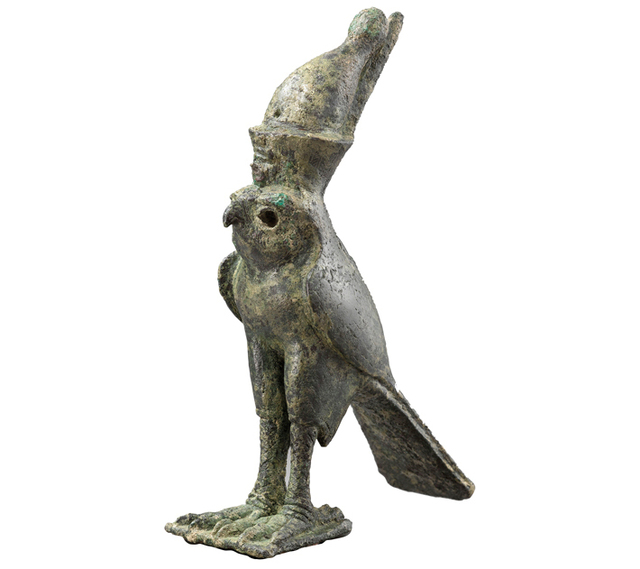
Ugarit’s cultural richness is also reflected in the diverse artifacts found throughout the city. Objects from Egypt, Mycenae, and the Hittite Empire have been unearthed, showcasing the city’s deep connections to its neighbors. One notable artifact is a bronze figurine of a falcon god, wearing an Egyptian crown, found in Ugarit’s ruins. These objects, along with a wealth of inscriptions and pottery, highlight Ugarit’s status as a cosmopolitan city where goods and cultural practices from across the Mediterranean converged.
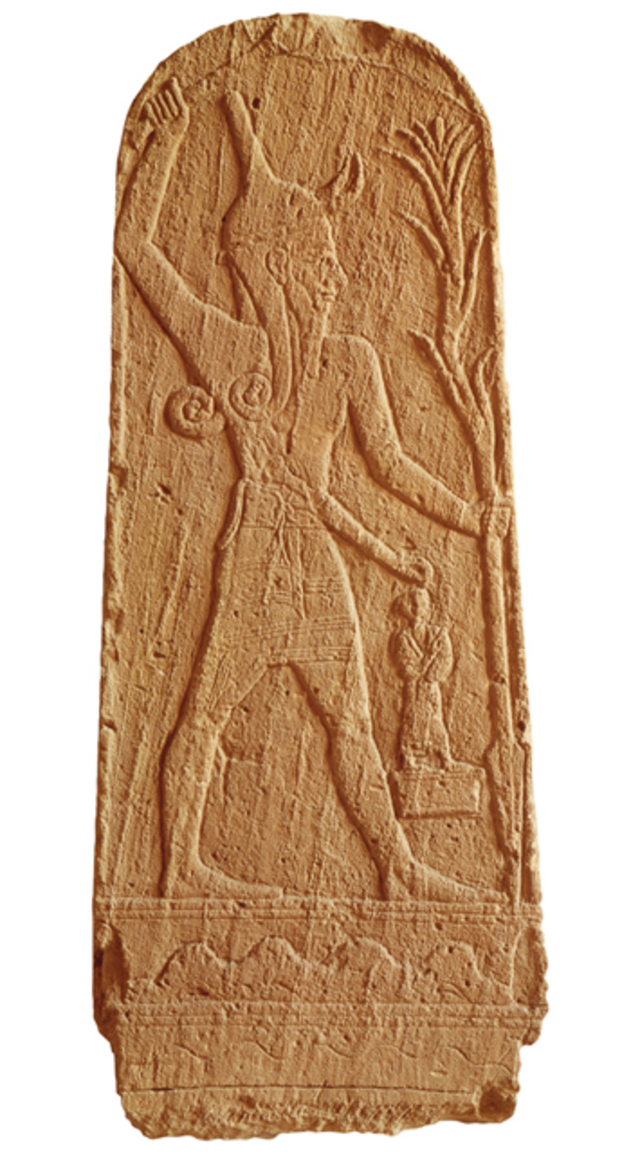
The artifacts discovered in Ugarit also offer insights into the religious and political life of the city. Temples dedicated to gods like Baal, the city’s patron deity, stood as symbols of Ugarit’s spiritual and political power. The remains of these temples, along with stelae and statues, provide evidence of the city’s religious practices and its role as a center of worship for a diverse array of gods.
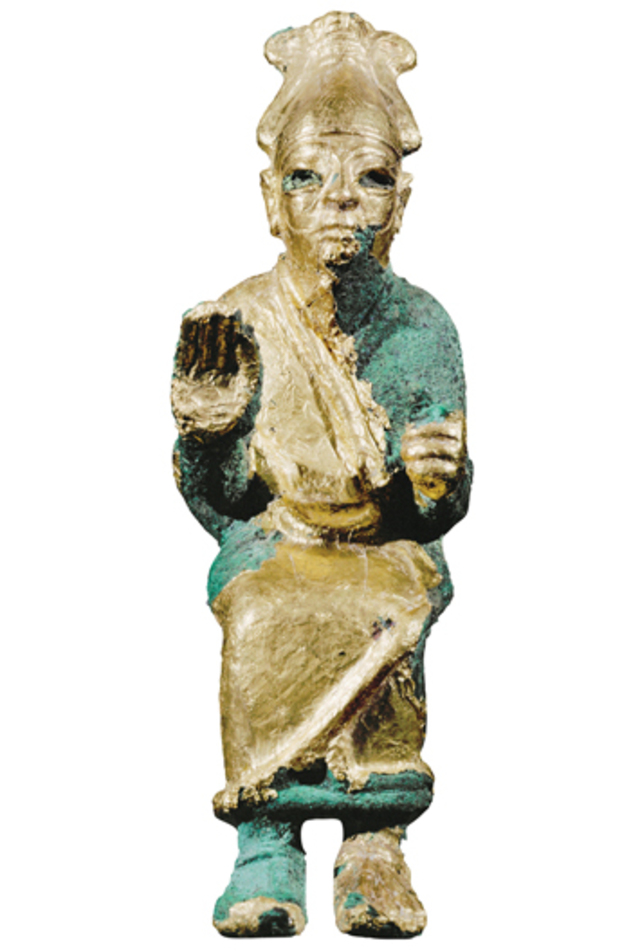
Social Structures and the Role of Women in Ugarit
Ugarit’s society was notably progressive, especially in comparison to other contemporary cultures. Women in Ugarit enjoyed a remarkable degree of autonomy. They could own property, participate in religious rituals, and even engage in political affairs. Queen Thariyelli, for example, played a prominent diplomatic role and performed sacrifices usually reserved for men. Ugarit’s queens were also in charge of their own estates, further illustrating the city’s progressive social structure.
In addition, the city’s census records show women as heads of households, a rarity in the ancient world. These records suggest that Ugarit’s women had considerable power and influence within their society, a fact that has only come to light through the study of Ugarit’s tablets and inscriptions.
The Fall of Ugarit and the End of an Era
Despite its cultural and economic wealth, Ugarit was unable to withstand the combined forces of famine, invasion, and political instability. The Sea Peoples’ invasion, coupled with the collapse of regional trade networks, led to the city’s ultimate destruction. Archaeologists have found evidence of hand-to-hand combat and fires that consumed the city, leaving behind a silent testament to its once-thriving civilization.

The destruction of Ugarit marked the end of an era in the ancient world. As one of the last great cities of the Late Bronze Age, Ugarit’s fall symbolized the broader collapse of ancient Mediterranean civilizations. Yet, even in its final years, Ugarit’s legacy lived on through its innovations in writing, trade, and cultural exchange. Its alphabetic script, in particular, would go on to influence the development of later writing systems, making Ugarit a precursor to modern alphabets.
Video
Watch the video History Summarized: The Great Ziggurat of Ur to learn about the incredible legacy of this ancient Mesopotamian marvel.
Conclusion: The Legacy of Ugarit in the Ancient World
The story of Ugarit is one of rise, fall, and legacy. From its strategic location as a trade hub to its cultural innovations, Ugarit played a pivotal role in the ancient world. Through the letters of Urtenu, we can see the intricacies of life in a city that bridged the gap between great powers like Egypt and the Hittites. Though Ugarit’s physical ruins may lie abandoned, its contributions to writing, trade, and cultural exchange continue to shape our understanding of the ancient world. The city’s rise and fall remind us of the fragility of even the most prosperous civilizations and the enduring power of cultural innovation.

